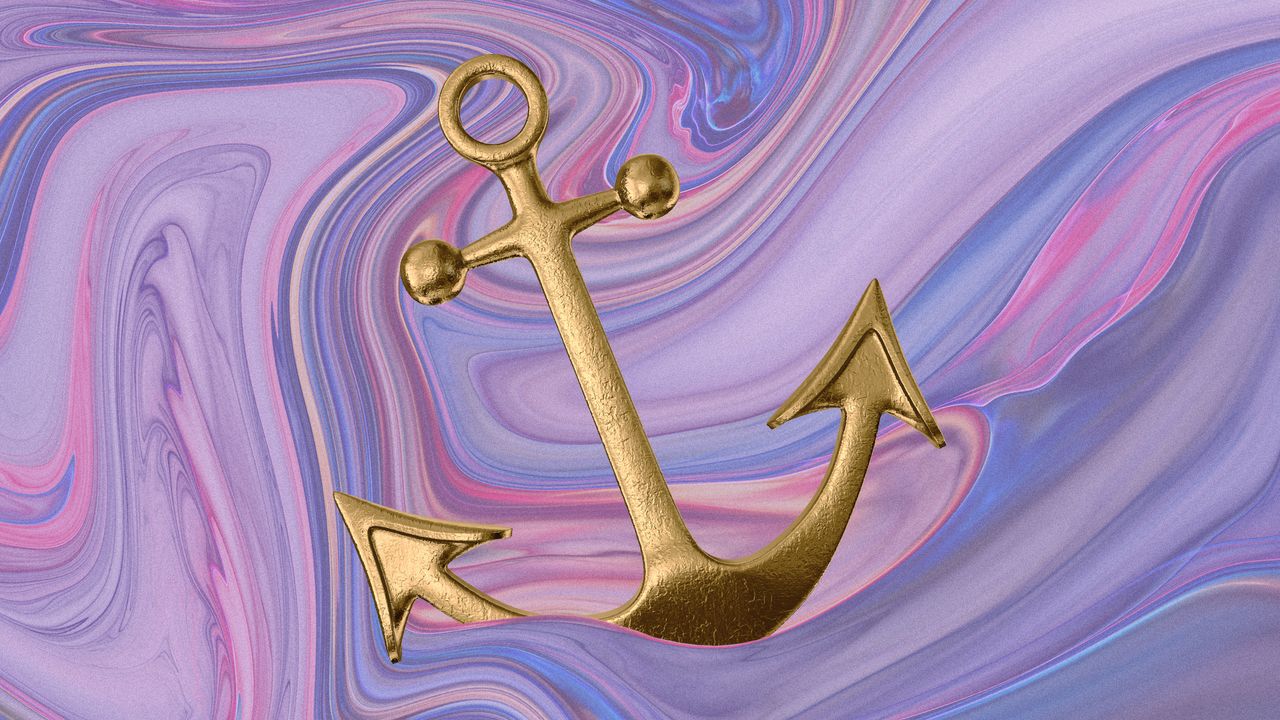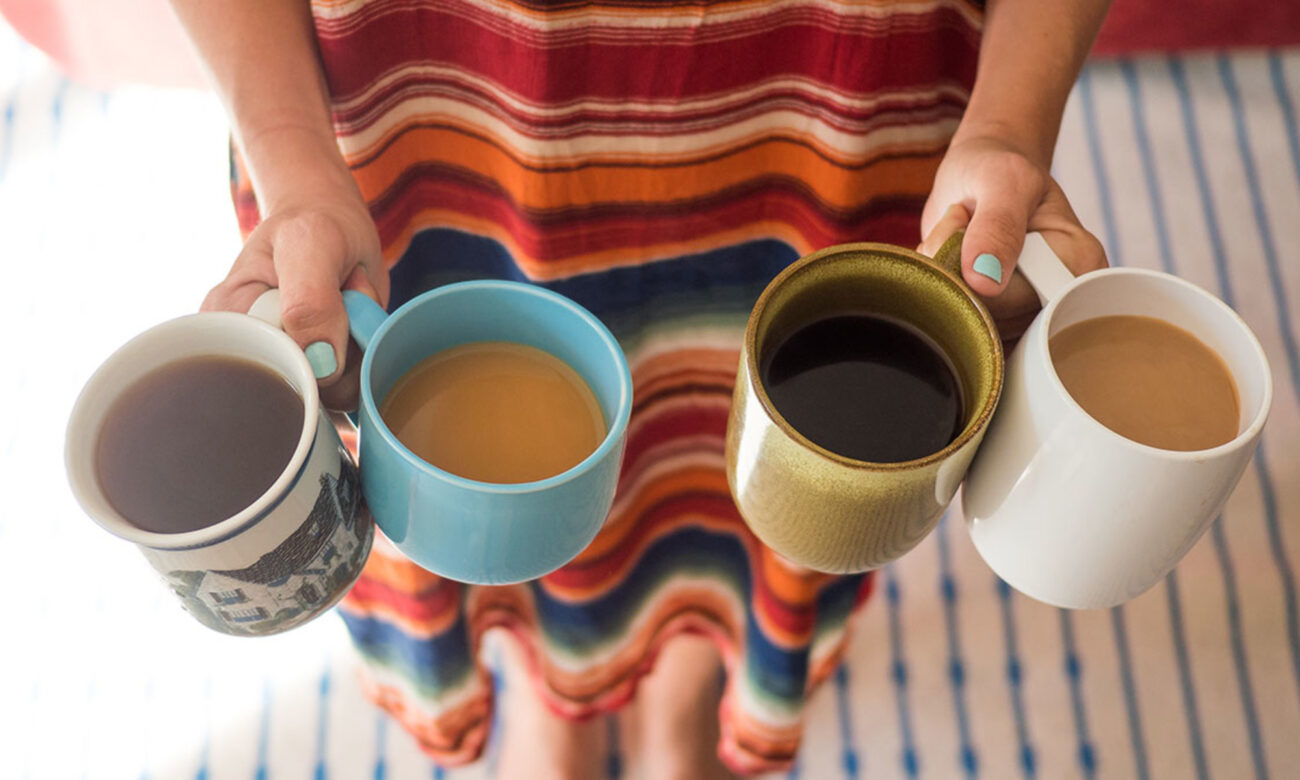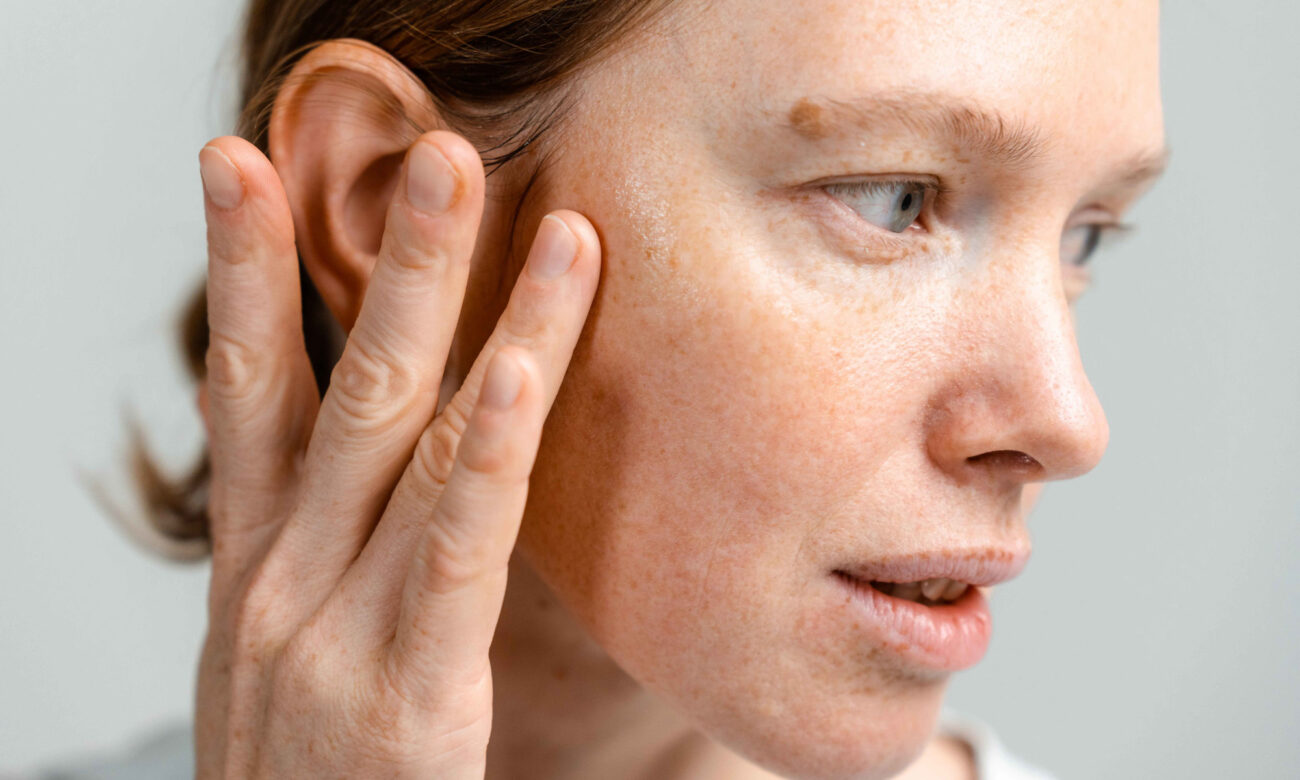Blog
‘Dopamine Anchoring’ Is the Science-Backed Hack for Getting Through Everything on Your To-Do List

When you were a kid, the adults in your life likely used some kind of bartering system to convince you to do things. Eat your vegetables? You get dessert after. Do your home work? You get an extra half hour of television time. Sadly, when we grow up, we don’t get little treats for things we’re supposed to do. But why can’t we reward ourselves for being good, responsible adults?
Allow me to introduce you to “dopamine anchoring,” a TikTok-approved hack for essentially tricking yourself into doing all of those annoying, unpleasant tasks on your to-do list. Dopamine anchoring is, effectively, all about bribing yourself. Of course, the little indulgences we want as adults tend to be a little different from when we were kids.
“You know that feeling when you light a candle, play your favorite song, and suddenly that life admin doesn’t feel so heavy?” says Claire Thompson, a psychotherapist, life coach, and hypnotherapist. “That’s dopamine anchoring—and it’s one of the simplest, most soulful ways to shift your state and get things done.”
Dopamine anchoring is essentially all about sandwiching “bad” tasks with “good” things. “At its heart, dopamine anchoring is about pairing something you love with something you usually resist,” Thompson explains. Promise yourself you’ll have a long luxurious bubble bath after a gym session. Or maybe, you put on your favorite playlist and order takeout while you book all of those dentist and doctor appointments you’ve been putting off. The key is to do the same “good” thing every time you do a specific “bad” task.
The tactic is based around the psychological principle of the “mental anchoring effect,” which is when you build a mental habit or anchor through repeated actions. For instance, if you light the same candle every time you go through your nighttime routine, you’ll begin to associate that smell with bedtime.
It’s all about “activating the brain’s dopamine system to make habits feel more enjoyable, rather than forced,” says Thompson. Instead of anchoring tasks to a specific smell or taste, you’ll anchor those tasks to the feeling that comes from a dopamine spike. In other words, these annoying tasks will actually start to feel good. “It’s a nervous system-friendly way to build motivation, focus, and emotional resilience.”
It works “because dopamine is a feel-good chemical that reinforces behaviors,” says Tam Kaur, a self-help author. “When you consistently reward a difficult habit with something enjoyable, over time your brain starts to link the two. It’s like giving yourself a psychological high-five for doing something hard.”
Content creator Shelby Sacco is one advocate of the method.
TikTok content
This content can also be viewed on the site it originates from.
In a TikTok video about dopamine anchoring, she explains that by linking “good” and “bad” tasks, “Over time, your brain will start to associate pleasure or happiness with that task that you hate making it easier to do.” She cites one example of combining going to the grocery store with listening to a calming audiobook. “Now, I can’t wait to go to the grocery shopping, ’cause I love listening to my audiobook.”












